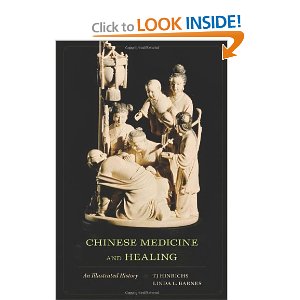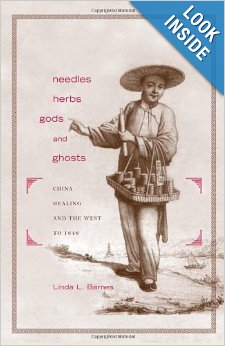Classical Chinese Medicine vs Traditional Chinese Medicine (TCM) vs 5 Element vs Korean Style vs Japanese Style Acupuncture....
What's the difference?
The unique traditions of Chinese medicine have much to do with the history of China, with its ever evolving social, intellectual and political influences.
Books could be, and have been, written about this development, as multi-layered as its dynasties. I recommend these two books from my shelf, if you are interested in learning more about Chinese medicine's journey to the Western world:
While I am by no means a scholar on the topic, here is a thumb-nail sketch of some of the basic differences among these various styles of acupuncture:
*Traditional Chinese Medicine (TCM): I once heard said that a more accurate name for Traditional Chinese Medicine might be Modern Chinese Medicine, in that its origin dates back to the 1950's, when Chairman Mao had the medicine simplified in order to serve an expanding Chinese population and to be able to export some of the medicine's basic tenets to the West. In order to mirror Western medicine, many of the mental and spiritual elements were peeled away. Most acupuncturists in the USA know or practice some form of this tradition.
*Classical Chinese Medicine: Classical Chinese medicine is what had been practiced prior to the 1950's, with its rich philosophies and various schools of thought and traditions. An understanding of the mind and body as part of one integrated whole is essential to a Classical medical perspective. Whereas TCM works mostly within the 12 primary meridians, Classical Chinese medicine includes five meridian systems, resulting in 70 meridians with which to work, enabling the practioner a greater level of precision and application.
*Five Element Acupuncture: JF Worsley (1923-2003) also sought in more modern terms to reunite the spirit with the mind and body in the medicine, with focus and attention on the Five Phases or transitions in the cycle of life.
*Japanese Style Acupuncture: is often meridian based, relying on palpation, and with its gentle needle insertion techniques can be considered a refinement of the Chinese tradition.
*Korean Style Acupuncture: is well-known for specializing for microsystems such as the hand.
Within each tradition, there is also variation based on the individual practitioners and their own unique collection of training and continued education as well as personal cultivation.
I hope this overly brief synopsis can provide you with at least a framework for appreciating these traditions.
Contact me if you are curious about any other style of acupuncture you know about or have experienced and would like to see discussed.

